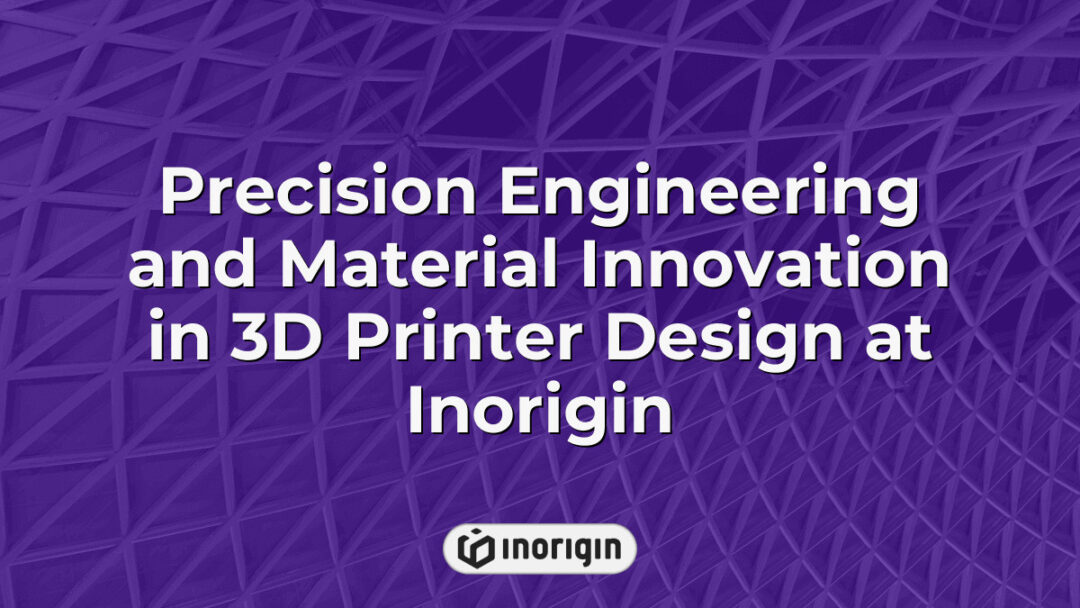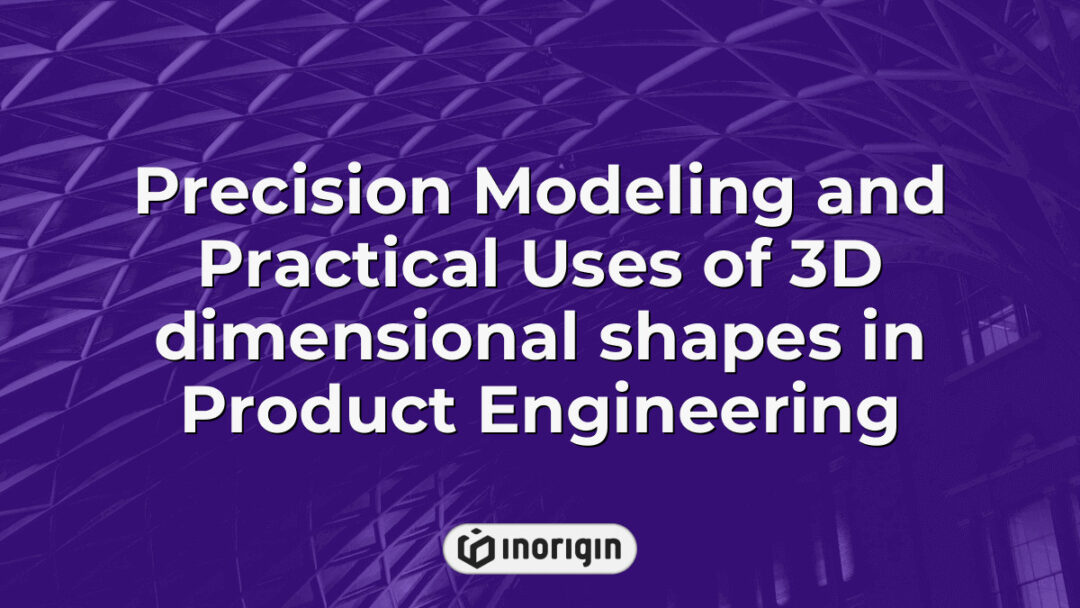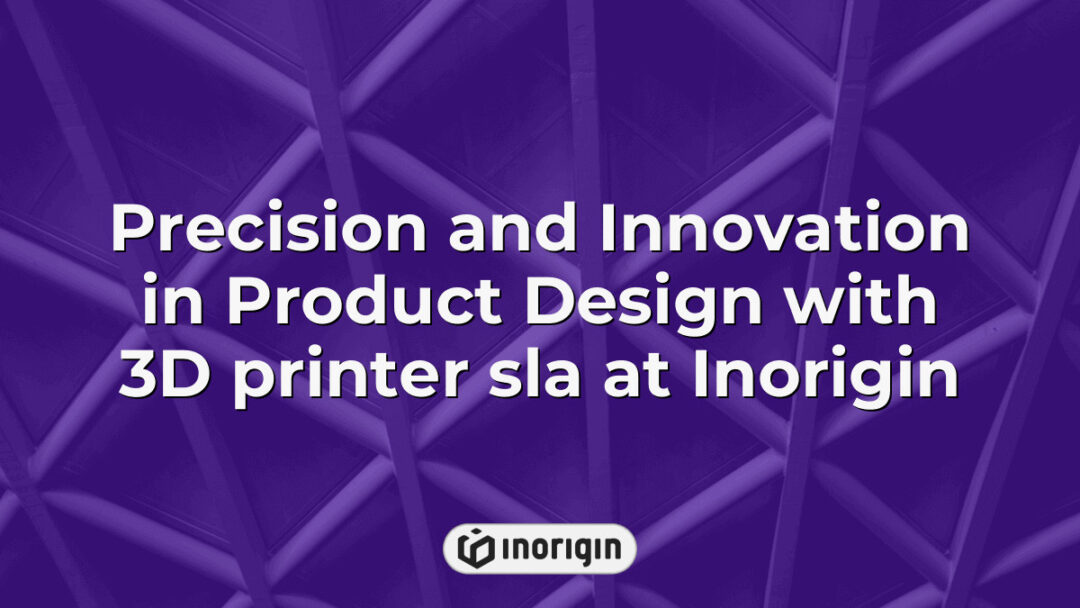In the realm of modern manufacturing, 3D printer design emerges as an intricate tapestry woven from threads of innovation and creativity, akin to a masterful painter poised before a blank canvas. Each layer added by these machines serves not merely as material accumulation but symbolizes the culmination of human ingenuity, bridging the gap between digital concepts and tangible realities. The transformative capability of 3D printing technology invites exploration into its multifaceted designs, which function as both tools and storytellers in their own right—ushering in a new era where imagination knows no bounds. As society stands at this pivotal junction, understanding the principles that govern 3D printer design becomes essential for navigating the complexities of contemporary fabrication practices.
| Aspect | Key Takeaway |
|---|---|
| 3D Printer Design Importance | 3D printer design is a key driver in turning innovative digital concepts into practical, market-ready products, enhancing both functionality and aesthetics. |
| Industry Expansion | The reach of 3D printing spans numerous sectors including healthcare, automotive, and consumer products, fueled by advances in design and material science. |
| Core Components | Precision motion platforms, extruder specifications, and temperature controls are critical for achieving high-quality, reliable 3D printed outputs. |
| Material Innovation | Cutting-edge materials like advanced polymers, metals, and composites expand design possibilities and improve mechanical performance. |
| Emerging Design Trends | Modern 3D printer designs emphasize modularity, user-centric interfaces, energy efficiency, and AI-driven process optimization. |
| On-Demand Production | 3D printing enables just-in-time manufacturing, reducing inventory needs while allowing customization and efficient supply chain management. |
| Safety Best Practices | Maintaining proper ventilation, using appropriate protective gear, and regular equipment inspections ensure safe 3D printing environments. |
Evolution Of 3D Printer Design
The evolution of 3D printer design has transformed the manufacturing landscape significantly, with a notable statistic highlighting this progression: as of 2022, the global market for 3D printing is projected to surpass $50 billion by 2025, illustrating its growing influence across various industries. Initially dominated by industrial applications, the field of 3D printing has expanded into diverse sectors such as healthcare, automotive, and consumer goods, driven by advancements in design software that enhance both accessibility and functionality. Furthermore, innovations in materials science have enabled more complex geometries and improved material properties in printed objects. As technology continues to advance, it becomes apparent that the integration of user-friendly design software plays a critical role in democratizing access to 3D printing capabilities. The continued refinement of these tools not only facilitates greater creative potential among designers but also encourages rapid prototyping and iterative development processes within engineering teams. Collectively, these factors demonstrate how the evolution of 3D printer design enhances production efficiency while simultaneously fostering innovation across multiple domains.
Key Components Of A 3D Printer
The operation of a 3D printer relies heavily on several critical components that function synergistically to produce three-dimensional objects from digital models. At the core lies the motion platform, an essential feature responsible for the precise manipulation of the print head or build plate along multiple axes. This component is integral to achieving accurate layer deposition and ultimately determines the resolution and precision of the printed object. Additionally, printer specifications such as extruder type, nozzle diameter, and temperature controls play pivotal roles in defining material compatibility and print quality; for instance, different filaments require specific temperature settings to ensure optimal extrusion. Furthermore, various configurations of motion platforms—such as Cartesian, delta, or CoreXY designs—impact not only speed but also reliability and complexity during printing operations. Collectively, these key elements significantly influence the overall performance of a 3D printer, contributing to innovations within this rapidly evolving technology landscape.
Innovative Materials In 3D Printing
The evolution of innovative materials in 3D printing plays a significant role in the advancement of this technology, evidenced by the fact that the global 3D printing materials market was valued at approximately USD 1.5 billion in 2020 and is projected to reach over USD 4 billion by 2026. This remarkable growth highlights an increasing demand for diverse printable materials designed to meet specific needs across various industries including aerospace, automotive, and healthcare. Polymers remain the most widely used category; however, advancements continue to emerge in metal, ceramic, and bio-based materials. These innovations allow for greater versatility in creating complex designs from digital models while contributing to improved mechanical properties such as increased strength or flexibility. Furthermore, novel composites incorporating carbon fibers and nanoparticles are being developed to enhance performance attributes which broaden their application scope significantly. As technologies progress, new possibilities arise within d printing: for instance, lightweight structural components can be manufactured using advanced polymers without compromising durability.
An essential tip for practitioners interested in leveraging these innovative materials is to stay informed about emerging trends and research findings in material science related to d printing techniques. Engaging with scholarly publications and industry reports often provides valuable insights into cutting-edge developments that could optimize existing processes or introduce more effective methodologies tailored to specific applications involving digital models.
Current Trends In 3D Printer Design
What characteristics define the most effective 3D printer designs currently shaping the landscape of additive manufacturing? As technology continues to evolve, certain trends have emerged that significantly influence the design of 3D printers. Firstly, an emphasis on modularity and upgradeability has become prevalent, allowing users to customize their machines in response to specific requirements or advancements in d printing technologies. Additionally, improvements in user interface design cater to both novice and seasoned operators by simplifying controls and enhancing accessibility. Furthermore, energy efficiency is gaining importance; manufacturers are prioritizing eco-friendly materials and processes while reducing power consumption during operation. Lastly, the integration of artificial intelligence (AI) within 3D printer systems enhances monitoring capabilities and optimizes production parameters in real-time. Collectively, these trends exemplify a shift towards more adaptable, user-centric designs that not only meet current demands but also anticipate future developments in d printing practices.
The Future Of 3D Printer Development
The rapid evolution of 3D printer development is akin to witnessing a technological renaissance that promises unprecedented transformation within various industries. Currently, the proliferation of sophisticated digital models has catalyzed an expansive growth in the capabilities and applications of 3D printers, thereby enriching the creative resources available to the 3D printing community. Furthermore, advancements such as multi-material printing and enhanced print speeds have enabled users to undertake more complex and intricate projects than ever before. For instance, contemporary iterations of 3D printers can create highly detailed structures and functional prototypes that were previously unimaginable, resulting in groundbreaking d printed projects across sectors like healthcare, aerospace, and education. As these innovative technologies continue to emerge, they not only empower creators but also redefine production paradigms by fostering greater accessibility and collaboration within the field. This dynamic landscape underscores an exciting trajectory for future developments in 3D printer design.
Frequently Asked Questions
What Are Some Common Troubleshooting Tips For 3D Printing Failures?
3D printing failures can occasionally present themselves as unexpected challenges in the realm of additive manufacturing. To navigate these minor setbacks effectively, various troubleshooting strategies exist that may alleviate issues associated with print quality and reliability. First and foremost, ensuring proper bed adhesion is paramount; this can be addressed by cleaning the print surface or adjusting the first layer height to create an optimal foundation for subsequent layers. In conjunction with this, monitoring temperature settings—both for the extruder and heated bed—is critical, as improper thermal conditions can lead to warping or inadequate filament flow. Moreover, it is advisable to examine filament quality; using materials that are inconsistent or expired may contribute to poor print outcomes. Another key consideration involves regularly inspecting nozzle clogs or printer mechanics, which could impede performance and result in defects during production. Enhanced awareness of these common pitfalls enables operators to implement appropriate corrections swiftly, fostering a more productive 3D printing environment while minimizing downtime associated with equipment failure. This approach underscores the importance of systematic evaluation in achieving successful printing endeavors and reflects a commitment to continual improvement within the field of 3D printer design.
How Does The Cost Of 3D Printers Compare To Traditional Manufacturing Methods?
The cost dynamics of 3D printing can be likened to a modern-day alchemist’s workshop, where raw materials are transformed into functional artifacts through an intricate interplay of technology and creativity. Unlike traditional manufacturing methods, which often resemble the assembly lines of a bygone era characterized by high initial investments and strict scalability limitations, 3D printing offers a more flexible and iterative approach. Initially, the acquisition price for industrial-grade 3D printers may appear substantial; however, this must be weighed against factors like reduced labor costs, decreased material waste, and minimized inventory requirements. Furthermore, while conventional production techniques typically necessitate significant upfront capital for tooling and machinery tailored to specific outputs, additive manufacturing permits the rapid prototyping of designs without prohibitive retooling expenses. Therefore, when considering the comprehensive lifecycle costs associated with both methodologies—encompassing setup time, material consumption efficiency, amortization over scale production capacity—the comparative analysis reveals that 3D printing has the potential to deliver economic advantages in certain applications absent within traditional frameworks. The evolving landscape of technological innovation suggests that as advances continue to refine processes and infrastructures further still favor additive manufacturing approaches—a shift would seem inevitable in sectors prioritizing customization or complexity over sheer volume manufacture.
What Types Of Software Are Best For Designing 3D Printable Models?
The selection of appropriate software for designing 3D printable models is crucial to achieving successful outcomes in additive manufacturing. Various software options exist, each catering to different skill levels and requirements; among the most popular are CAD (Computer-Aided Design) tools such as AutoCAD, SolidWorks, and Fusion 360. These programs enable users to create precise 3D geometries that can be easily modified or customized based on specific project needs. Furthermore, open-source platforms like Blender and FreeCAD offer accessible alternatives for individuals seeking flexible functionalities without incurring substantial costs. It is important to note that some software solutions incorporate integrated slicing capabilities, which convert 3D models into formats compatible with specific printers; an example includes Ultimaker Cura. As the industry continues to evolve, advancements in software technologies further enhance user experience through improved interfaces and automation features, thereby streamlining the design process of complex structures intended for 3D printing applications. Understanding these various offerings allows practitioners to make informed decisions tailored to their unique design specifications and operational demands within the scope of 3D printer utilization.
Can 3D Printers Be Used For Mass Production, And If So, How?
The evolution of 3D printing technology can be likened to the transformation witnessed during the Industrial Revolution, where traditional manufacturing methods were swiftly supplanted by innovative techniques capable of producing goods at an unprecedented scale. In contemporary contexts, 3D printers have indeed emerged as viable tools for mass production, with numerous industries integrating additive manufacturing into their supply chains. According to a report by Wohlers Associates, 3D printing is projected to account for up to $44 billion in revenue by 2025, underlining its potential impact on efficiency and product diversity in various sectors.
Mass production via 3D printing involves several approaches that maximize part consolidation and reduce material waste; these include digital inventory systems that allow for on-demand production rather than requiring extensive warehousing. Furthermore, advancements in multi-material printing capabilities enable manufacturers to create complex geometries and functional prototypes rapidly while maintaining lower lead times compared to conventional techniques. For example, companies like Adidas have employed large-scale 3D printing technologies to produce footwear with intricate designs tailored precisely to consumer preferences, showcasing how customized products can be efficiently produced en masse.
As a result, it becomes evident that the integration of 3D printing within mass production strategies not only optimizes operational efficiencies but also fosters innovation across multiple industries. The ability to generate bespoke items quickly without sacrificing quality marks a significant departure from traditional manufacturing paradigms. Consequently, embracing this technology may redefine factors such as supply chain logistics and customer engagement moving forward.
What Safety Precautions Should Be Taken When Using A 3D Printer?
When utilizing 3D printers, adherence to safety precautions is paramount to ensure the well-being of operators and bystanders alike. First, it is essential to maintain a clean and organized workspace; clutter can lead to accidents or damage to equipment. Secondly, appropriate personal protective equipment (PPE) should be utilized during the printing process. Essential items include but are not limited to gloves for handling materials, safety goggles to protect against exposure from particles released into the air, and dust masks designed to filter out fine particulate matter generated during printing. Lastly, awareness of material-specific hazards cannot be overstated. Certain filaments may release volatile organic compounds (VOCs), while others pose risks due to their combustion properties when exposed to high temperatures.
To further underscore these considerations, three critical safety measures are emphasized:
- Ensure adequate ventilation in the printing area to disperse potentially harmful emissions effectively.
- Regularly inspect electrical components for wear and secure connections to prevent fire hazards associated with overheating or short circuits.
- Familiarize all operators with emergency procedures tailored specifically for 3D printer operations, including shutdown protocols and first-aid responses related to chemical exposure.
Overall, implementing these precautions fosters not only a safe working environment but also promotes effective practices that enhance operational efficiency within various contexts of 3D printing use.
Conclusion
In a world where toasters attempt self-awareness and robots compose symphonies, 3D printers revolutionize design through relentless innovation. As these machines progress from humble beginnings to today’s marvels of engineering, one can only ponder if future models will print their own upgrades—or simply aspire to assemble IKEA furniture without directions.
Related posts:
- Sustainable Innovation and Performance of the Bambu Printer in Modern 3D Printing
- Comprehensive Guide to 3D Printer Types and Their Industrial Applications
- Why a Small 3D Printer Transforms Innovative Product Prototyping and Design
- Thermal Printer Technologies Shaping Precision Labeling and Packaging Solutions
- Precision Engineering and Material Selection Strategies for Resin Printer Performance Enhancement
- Label Printers Redefining Precision and Efficiency in Modern Product Design




